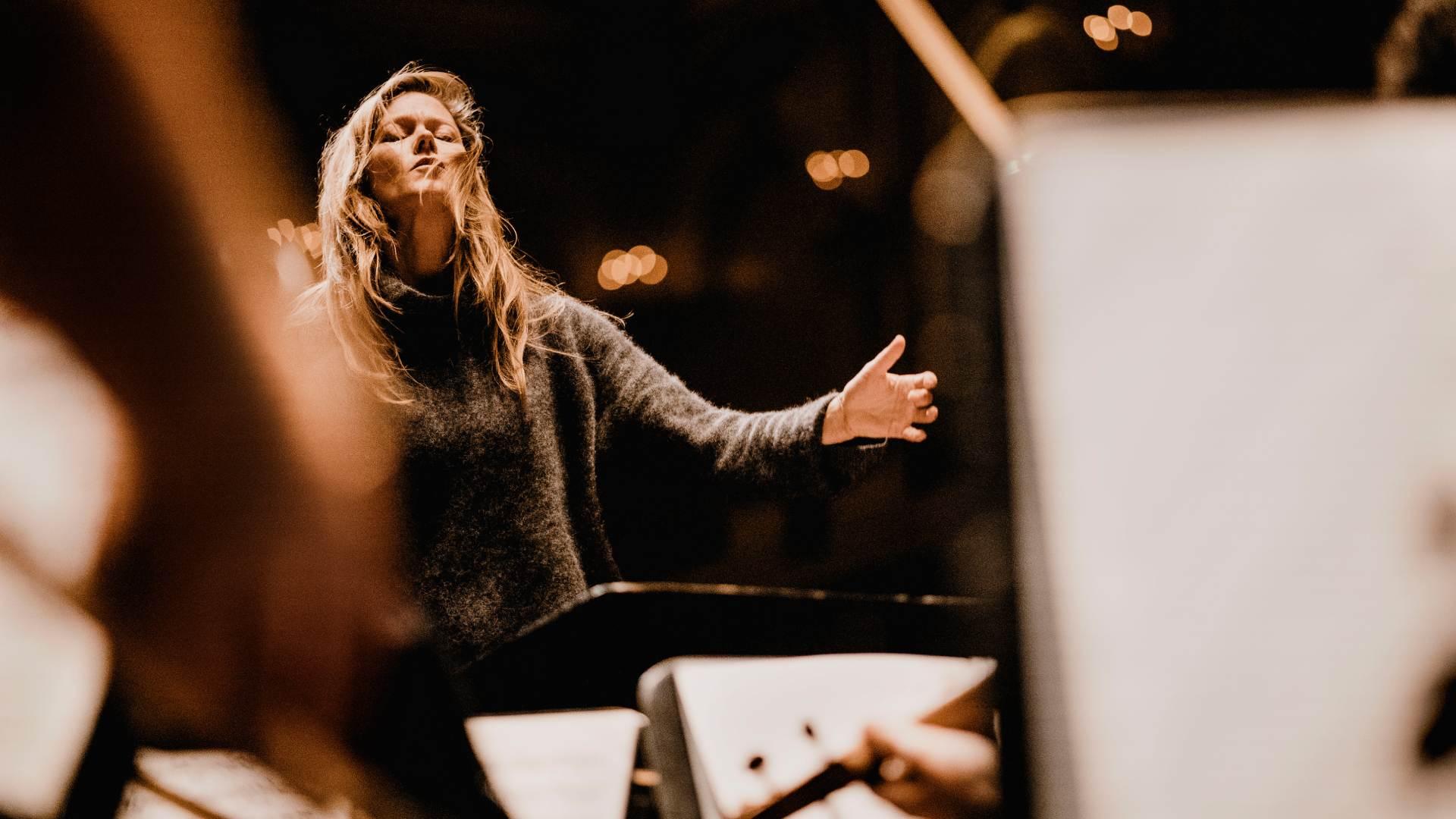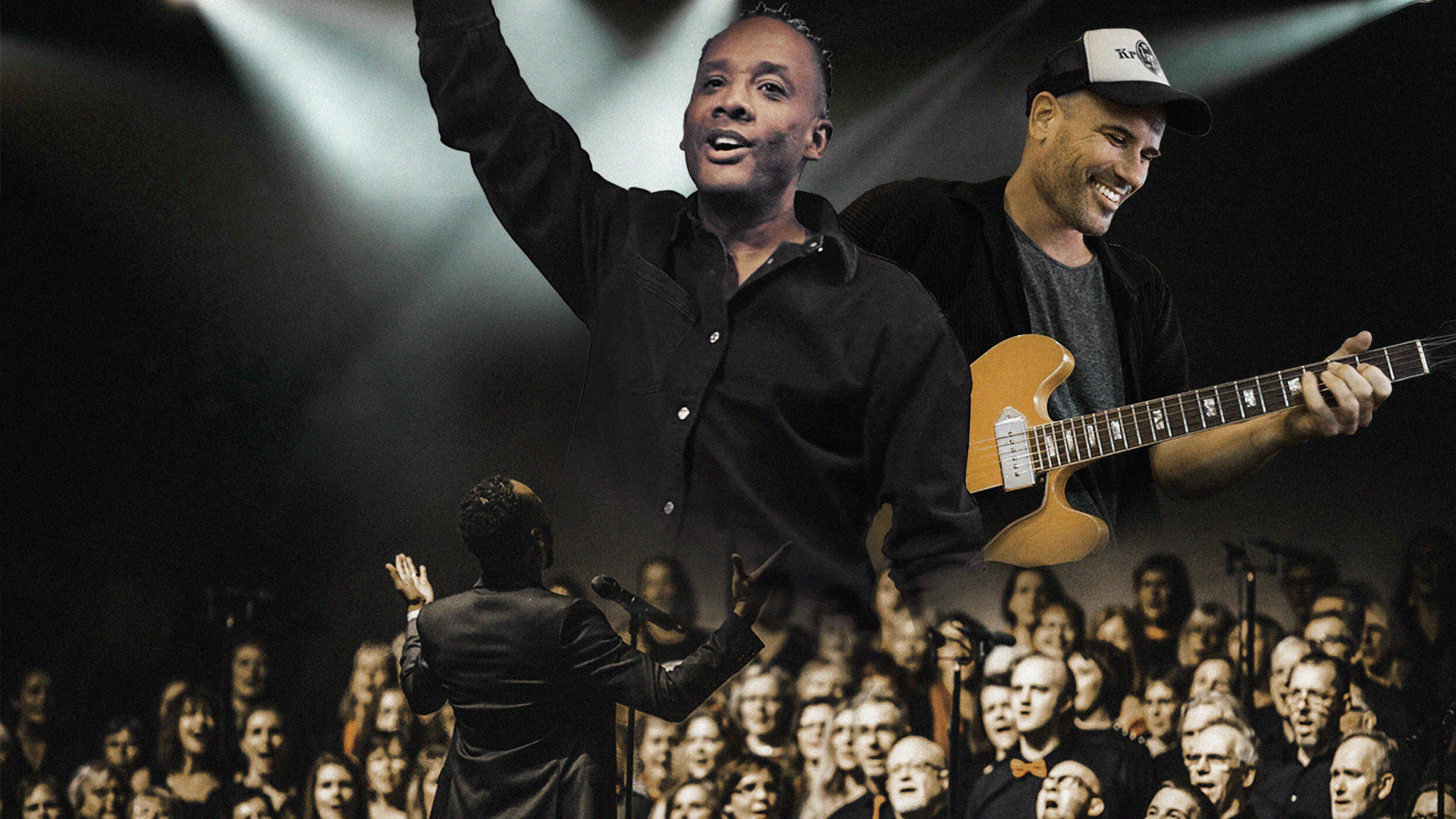This concert has been canceled - Mattei, Mäkelä & Mozart
This year’s edition of the Baltic Sea Festival has been cancelled. Read more at balticseafestival.com
This production is part of one or more concert series.

Maurice Ravel wrote the suite Le Tombeau de Couperin on the eve of the 1920s, in memory of his friends who died in the First World War. Since Ravel believed that “the dead are sad enough, in their eternal silence”, the music is light and optimistic, just like the trio of Mozart arias that accompany the suite. Klaus Mäkelä also treats the audience to Sibelius’s two final, masterful symphonies.
Back in 1998, the Swedish baritone Peter Mattei had his international breakthrough in theatre legend Peter Brook’s production of Don Giovanni in Aix-en-Provence. He has since returned many times to the role as the young nobleman, including at the Metropolitan in New York. Peter Mattei has toured the world with other Mozart roles as well. Here, he will be performing arias from Cosí fan tutte, The Marriage of Figaro and the lesser-known opera La finta giardiniera in an entirely new context, as we alternate between them and Maurice Ravel’s four orchestrated movements from his piano suite Le Tombeau de Couperin. By switching between the arias and the dance pieces, Peter Mattei, frequently praised for his acting talent and stage presence, will have the opportunity to step into new roles.
In the midst of a raging world war, between 1914 and 1917, Ravel wrote Le Tombeau de Couperin, originally as six movements for piano, based on French Baroque dance suites. After a brief career as a driver in the military, he was discharged due to depression following the death his mother, but he dedicated the six movements to friends lost in the war. The piano suite premièred in April 1919 and was so successful that Ravel’s publisher asked for an orchestral version.
When he orchestrated four of the movements, he kept the ornate phrasing of the piano part. The work was premièred in this form by the Pasdeloup Orchestra in February 1920. In November of that year, the work was picked up by the Ballet Suédois, the experimental dance ensemble that was at the centre of Parisian cultural life between 1920 and 1925, with Théâtre des Champs-Elysées as their home stage.
In the 1920s, Jean Sibelius from Finland was considered the finest composer in the Nordic countries, next to Carl Nielsen from Denmark. He was also internationally successful, mainly in England and America. He often conducted his own works, frequently in Gothenburg where his friend and colleague Wilhelm Stenhammar was the orchestra’s artistic director. Sibelius also composed his subdued sixth symphony as a tribute to his friend. The symphony, completed in 1923 and premièred in Helsinki, has sometimes been called “the symphony of silence” and is the quietest of all his symphonies. It has a distinctive character with its hint of Dorian mode, possibly inspired by old Finnish folk melodies.
The seventh symphony is considerably clearer in its expression. Sibelius described the music as full of “the joy of life and vitality”. Initially, he had intended to write the piece in several movements but at the première, which he conducted himself, he called it “Fantasia Sinfonica” and it comprised one single movement. After the concert at Auditorium in Stockholm in March 1924, he wrote to his wife Aino: “Yesterday a concert with great success. My newest work is probably one of my best.” The following year, the score was published with the title Symphony No 7. With its exultant melodies, variation in themes, mood and form, as well as seamless changes in tempo, this work is usually considered the apogee of Sibelius’s symphonies. Klaus Mäkelä, who conducted the piece in his first performance with the Swedish Radio Symphony Orchestra in 2017, describes it as “perhaps the world’s most perfect symphony”.
Text: Anna Hedelius



